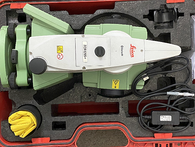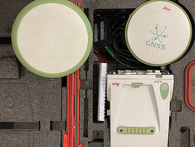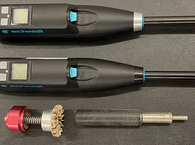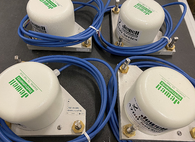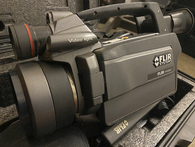Volcano and earthquake deformation
To complement geophysical and remote sensing observations at volcanoes, we deploy ground stations and perform field campaigns. Aim is to monitor deformations in the short term and in the long term, calibration of observations, and collection of independent data that eventually feeds into models.
In addition, tiltmeters are crucial instruments in volcanology due to their ability to detect minute changes in the slope or "tilt" of the ground surface around a volcano. Tiltmeters can detect small deformations in a volcano’s surface caused by the movement of magma underground. These deformations often precede eruptions. By measuring changes in ground tilt, we can infer the movement of magma within the volcano. This information helps in understanding the dynamics of volcanic processes and the potential pathways magma may take to the surface.
Tiltmeters provide continuous, real-time data, which is essential for monitoring active volcanoes. This allows for timely updates and rapid responses to changing volcanic activity, improving the overall effectiveness of volcanic hazard management. Tiltmeters complement other volcanic monitoring methods, such as seismic and gas emission monitoring. Combined data from multiple sources enhance the accuracy and reliability of volcanic activity forecasts.
Tiltmeters are relatively cost-effective and can detect very small changes in ground tilt, often less than a microradian. This sensitivity makes them invaluable for early detection and ongoing monitoring of volcanic activity.
We have in total 12 tiltmeters in our section.
Model A701-2 Platform Tiltmeter. A701 delivers ultra-high sensitivity to <0.1 µrad with virtually zero long-term drift. The output is a stable ±8 DC voltage (±16 VDC differential). We use the datalogger DSS cube. The tiltmeter is buried 1 m deep, whereas datalogger and power is placed outside in weather-proof housing to allow rapid stations checks.
Volcano and earthquake temperature monitoring
Seeing the invisible. Thermal and spectral sensors allow identifying small changes in the radiant energy that indicate degassing, fluid flow, frictional heating, and even the pathways of fractures and faults.
Therefore we work with a number of thermal monitoring instruments, handheld, in the labs and aboard our drones to monitor subtle temperature changes.


